Honeywell 2003 Annual Report Download - page 336
Download and view the complete annual report
Please find page 336 of the 2003 Honeywell annual report below. You can navigate through the pages in the report by either clicking on the pages listed below, or by using the keyword search tool below to find specific information within the annual report.-
 1
1 -
 2
2 -
 3
3 -
 4
4 -
 5
5 -
 6
6 -
 7
7 -
 8
8 -
 9
9 -
 10
10 -
 11
11 -
 12
12 -
 13
13 -
 14
14 -
 15
15 -
 16
16 -
 17
17 -
 18
18 -
 19
19 -
 20
20 -
 21
21 -
 22
22 -
 23
23 -
 24
24 -
 25
25 -
 26
26 -
 27
27 -
 28
28 -
 29
29 -
 30
30 -
 31
31 -
 32
32 -
 33
33 -
 34
34 -
 35
35 -
 36
36 -
 37
37 -
 38
38 -
 39
39 -
 40
40 -
 41
41 -
 42
42 -
 43
43 -
 44
44 -
 45
45 -
 46
46 -
 47
47 -
 48
48 -
 49
49 -
 50
50 -
 51
51 -
 52
52 -
 53
53 -
 54
54 -
 55
55 -
 56
56 -
 57
57 -
 58
58 -
 59
59 -
 60
60 -
 61
61 -
 62
62 -
 63
63 -
 64
64 -
 65
65 -
 66
66 -
 67
67 -
 68
68 -
 69
69 -
 70
70 -
 71
71 -
 72
72 -
 73
73 -
 74
74 -
 75
75 -
 76
76 -
 77
77 -
 78
78 -
 79
79 -
 80
80 -
 81
81 -
 82
82 -
 83
83 -
 84
84 -
 85
85 -
 86
86 -
 87
87 -
 88
88 -
 89
89 -
 90
90 -
 91
91 -
 92
92 -
 93
93 -
 94
94 -
 95
95 -
 96
96 -
 97
97 -
 98
98 -
 99
99 -
 100
100 -
 101
101 -
 102
102 -
 103
103 -
 104
104 -
 105
105 -
 106
106 -
 107
107 -
 108
108 -
 109
109 -
 110
110 -
 111
111 -
 112
112 -
 113
113 -
 114
114 -
 115
115 -
 116
116 -
 117
117 -
 118
118 -
 119
119 -
 120
120 -
 121
121 -
 122
122 -
 123
123 -
 124
124 -
 125
125 -
 126
126 -
 127
127 -
 128
128 -
 129
129 -
 130
130 -
 131
131 -
 132
132 -
 133
133 -
 134
134 -
 135
135 -
 136
136 -
 137
137 -
 138
138 -
 139
139 -
 140
140 -
 141
141 -
 142
142 -
 143
143 -
 144
144 -
 145
145 -
 146
146 -
 147
147 -
 148
148 -
 149
149 -
 150
150 -
 151
151 -
 152
152 -
 153
153 -
 154
154 -
 155
155 -
 156
156 -
 157
157 -
 158
158 -
 159
159 -
 160
160 -
 161
161 -
 162
162 -
 163
163 -
 164
164 -
 165
165 -
 166
166 -
 167
167 -
 168
168 -
 169
169 -
 170
170 -
 171
171 -
 172
172 -
 173
173 -
 174
174 -
 175
175 -
 176
176 -
 177
177 -
 178
178 -
 179
179 -
 180
180 -
 181
181 -
 182
182 -
 183
183 -
 184
184 -
 185
185 -
 186
186 -
 187
187 -
 188
188 -
 189
189 -
 190
190 -
 191
191 -
 192
192 -
 193
193 -
 194
194 -
 195
195 -
 196
196 -
 197
197 -
 198
198 -
 199
199 -
 200
200 -
 201
201 -
 202
202 -
 203
203 -
 204
204 -
 205
205 -
 206
206 -
 207
207 -
 208
208 -
 209
209 -
 210
210 -
 211
211 -
 212
212 -
 213
213 -
 214
214 -
 215
215 -
 216
216 -
 217
217 -
 218
218 -
 219
219 -
 220
220 -
 221
221 -
 222
222 -
 223
223 -
 224
224 -
 225
225 -
 226
226 -
 227
227 -
 228
228 -
 229
229 -
 230
230 -
 231
231 -
 232
232 -
 233
233 -
 234
234 -
 235
235 -
 236
236 -
 237
237 -
 238
238 -
 239
239 -
 240
240 -
 241
241 -
 242
242 -
 243
243 -
 244
244 -
 245
245 -
 246
246 -
 247
247 -
 248
248 -
 249
249 -
 250
250 -
 251
251 -
 252
252 -
 253
253 -
 254
254 -
 255
255 -
 256
256 -
 257
257 -
 258
258 -
 259
259 -
 260
260 -
 261
261 -
 262
262 -
 263
263 -
 264
264 -
 265
265 -
 266
266 -
 267
267 -
 268
268 -
 269
269 -
 270
270 -
 271
271 -
 272
272 -
 273
273 -
 274
274 -
 275
275 -
 276
276 -
 277
277 -
 278
278 -
 279
279 -
 280
280 -
 281
281 -
 282
282 -
 283
283 -
 284
284 -
 285
285 -
 286
286 -
 287
287 -
 288
288 -
 289
289 -
 290
290 -
 291
291 -
 292
292 -
 293
293 -
 294
294 -
 295
295 -
 296
296 -
 297
297 -
 298
298 -
 299
299 -
 300
300 -
 301
301 -
 302
302 -
 303
303 -
 304
304 -
 305
305 -
 306
306 -
 307
307 -
 308
308 -
 309
309 -
 310
310 -
 311
311 -
 312
312 -
 313
313 -
 314
314 -
 315
315 -
 316
316 -
 317
317 -
 318
318 -
 319
319 -
 320
320 -
 321
321 -
 322
322 -
 323
323 -
 324
324 -
 325
325 -
 326
326 -
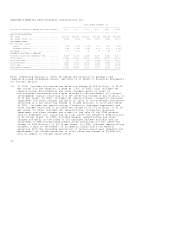 327
327 -
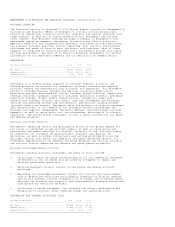 328
328 -
 329
329 -
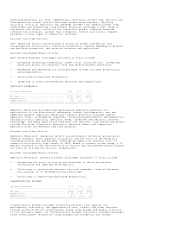 330
330 -
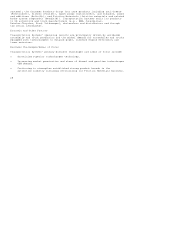 331
331 -
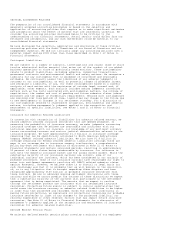 332
332 -
 333
333 -
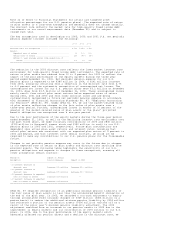 334
334 -
 335
335 -
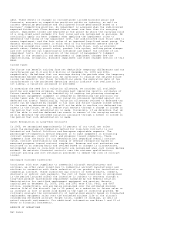 336
336 -
 337
337 -
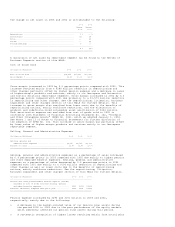 338
338 -
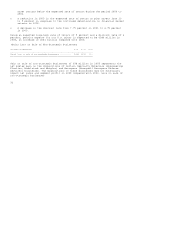 339
339 -
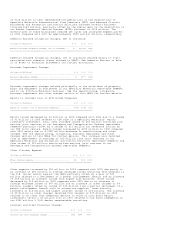 340
340 -
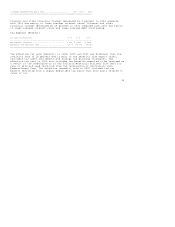 341
341 -
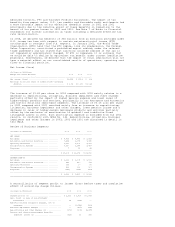 342
342 -
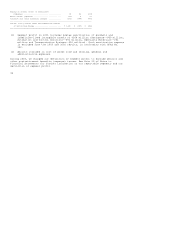 343
343 -
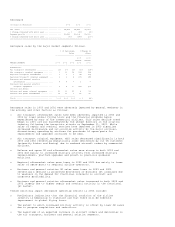 344
344 -
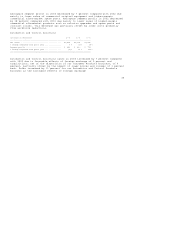 345
345 -
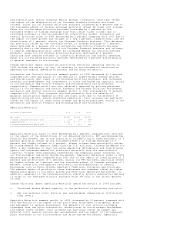 346
346 -
 347
347 -
 348
348 -
 349
349 -
 350
350 -
 351
351 -
 352
352 -
 353
353 -
 354
354 -
 355
355 -
 356
356 -
 357
357 -
 358
358 -
 359
359 -
 360
360 -
 361
361 -
 362
362 -
 363
363 -
 364
364 -
 365
365 -
 366
366 -
 367
367 -
 368
368 -
 369
369 -
 370
370 -
 371
371 -
 372
372 -
 373
373 -
 374
374 -
 375
375 -
 376
376 -
 377
377 -
 378
378 -
 379
379 -
 380
380 -
 381
381 -
 382
382 -
 383
383 -
 384
384 -
 385
385 -
 386
386 -
 387
387 -
 388
388 -
 389
389 -
 390
390 -
 391
391 -
 392
392 -
 393
393 -
 394
394 -
 395
395 -
 396
396 -
 397
397 -
 398
398 -
 399
399 -
 400
400 -
 401
401 -
 402
402 -
 403
403 -
 404
404 -
 405
405 -
 406
406 -
 407
407 -
 408
408 -
 409
409 -
 410
410 -
 411
411 -
 412
412 -
 413
413 -
 414
414 -
 415
415 -
 416
416 -
 417
417 -
 418
418 -
 419
419 -
 420
420 -
 421
421 -
 422
422 -
 423
423 -
 424
424 -
 425
425 -
 426
426 -
 427
427 -
 428
428 -
 429
429 -
 430
430 -
 431
431 -
 432
432 -
 433
433 -
 434
434 -
 435
435 -
 436
436 -
 437
437 -
 438
438 -
 439
439 -
 440
440 -
 441
441 -
 442
442 -
 443
443 -
 444
444
 |
 |
able. These events or changes in circumstances include business plans and
forecasts, economic or competitive positions within an industry, as well as
current operating performance and anticipated future performance based on a
business' competitive position. An impairment is assessed when the undiscounted
expected future cash flows derived from an asset are less than its carrying
amount. Impairment losses are measured as the amount by which the carrying value
of a long-lived asset exceeds its fair value and are recognized in earnings. We
continually apply our best judgment when applying the impairment rules to
determine the timing of the impairment test, the undiscounted cash flows used to
assess impairment, and the fair value of an impaired long-lived asset group. The
dynamic economic environment in which each of our businesses operate and the
resulting assumptions used to estimate future cash flows, such as economic
growth rates, industry growth rates, product life cycles, selling price changes
and cost inflation can significantly influence and impact the outcome of all
impairment tests. For a discussion of the result of management's judgment
applied in the recognition and measurement of impairment charges see the
repositioning, litigation, business impairment and other charges section of this
MD&A.
Income Taxes
The future tax benefit arising from net deductible temporary differences and tax
carryforwards was $1.8 and $2.3 billion at December 31, 2003 and 2002,
respectively. We believe that our earnings during the periods when the temporary
differences become deductible will be sufficient to realize the related future
income tax benefits. For those jurisdictions where the expiration date of tax
carryforwards or the projected operating results indicate that realization is
not likely, a valuation allowance is provided.
In assessing the need for a valuation allowance, we consider all available
positive and negative evidence, including past operating results, estimates of
future taxable income and the feasibility of ongoing tax planning strategies.
Significant management judgment is required in determining the provision for
income taxes and, in particular, any valuation allowance recorded against our
deferred tax assets. Additionally, valuation allowances related to deferred tax
assets can be impacted by changes to tax laws and future taxable income levels.
In the event we determine that we will not be able to realize our deferred tax
assets in the future, we will reduce such amounts through a charge to income in
the period that such determination is made. Conversely, if we determine that we
will be able to realize deferred tax assets in excess of the carrying amounts,
we will decrease the recorded valuation allowance through a credit to income in
the period that such determination is made.
Sales Recognition on Long-Term Contracts
In 2003, we recognized approximately 10 percent of our total net sales
using the percentage-of-completion method for long-term contracts in our
Automation and Control Solutions and Aerospace reportable segments. The
percentage-of-completion method requires us to make judgments in estimating
contract revenues, contract costs and progress toward completion. These
judgments form the basis for our determinations regarding overall contract
value, contract profitability and timing of revenue recognition based on
measured progress toward contract completion. Revenue and cost estimates are
monitored on an ongoing basis and revised based on changes in circumstances.
Anticipated losses on long-term contracts are recognized when such losses become
evident. We maintain financial controls over the customer qualification,
contract pricing and cost estimation processes to reduce the risk of contract
losses.
Aerospace Customer Incentives
Consistent with most suppliers to commercial aircraft manufacturers and
airlines, we offer sales incentives to commercial aircraft manufacturers and
airlines in connection with their selection of our products for installation on
commercial aircraft. These incentives may consist of free products, credits,
discounts or upfront cash payments. The cost of these incentives is recognized
in the period incurred unless the incentive is subject to recovery through a
long-term product maintenance requirement mandated by the Federal Aviation
Administration for certified replacement equipment and service. Amounts
capitalized at December 31, 2003, 2002 and 2001 were $719, $662, and $607
million, respectively, and are being recognized over the estimated minimum
service life of the aircraft (up to 25 years) as a reduction in future sales or
an increase in cost of goods sold based on the type of incentive granted. We
routinely evaluate the recoverability of capitalized amounts based on forecasted
replacement equipment sales over the estimated minimum life of the aircraft
considering estimated aircraft flight hours, number of landings, as well as
actual aircraft retirements. For additional information see Notes 1 and 13 of
Notes to Financial Statements.
RESULTS OF OPERATIONS
Net Sales
